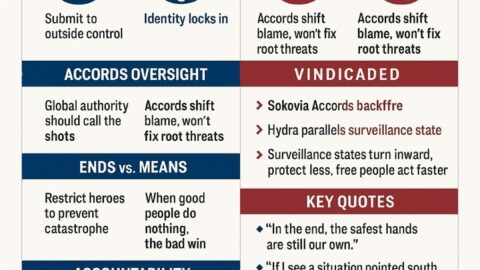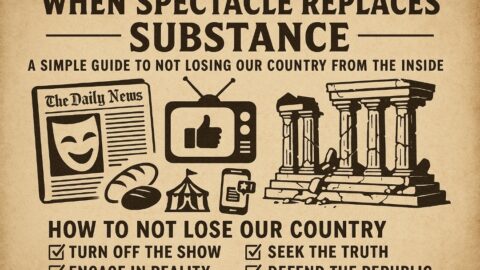Main street vs wall street. Main street is for public good, where wall street serves the rich class and oligarchy
The distinction between Main Street and Wall Street highlights a fundamental tension between two aspects of the economy and society:
Main Street
- Focus: Represents the everyday lives of ordinary people, including small businesses, workers, families, and local communities.
- Purpose: Geared toward the public good, providing jobs, goods, services, and a sense of community.
- Values: Prioritizes fairness, community well-being, and sustainable economic practices.
- Challenges: Often vulnerable to economic downturns, inflation, and policies that prioritize corporate interests over local needs.
- Impact: Drives local economies, fosters innovation through small businesses, and directly serves the needs of individuals.
Wall Street
- Focus: Symbolizes the financial markets, large corporations, investment banks, and the pursuit of profit.
- Purpose: Primarily serves the interests of investors, shareholders, and the wealthy elite.
- Values: Prioritizes growth, profitability, and returns on investment, often at the expense of social or ethical considerations.
- Challenges: Criticized for fostering income inequality, market manipulation, and prioritizing short-term profits over long-term public welfare.
- Impact: Can lead to significant economic growth but often concentrates wealth and power among a small group, contributing to oligarchic tendencies.
Key Differences
Economic Interests:
- Main Street focuses on jobs, wages, and local economic health.
- Wall Street emphasizes stock prices, corporate profits, and shareholder value.
Power Dynamics:
- Main Street represents the broader population and their collective interests.
- Wall Street often reflects the influence of wealthy elites and financial institutions.
Ethical Implications:
- Main Street seeks equitable distribution of resources and opportunities.
- Wall Street is often associated with practices that exacerbate inequality and prioritize wealth accumulation.
The Tension
The prioritization of Wall Street over Main Street has often led to policies and practices that favor large corporations and financial institutions, such as:
- Bailouts for Banks but Not Individuals: During crises like the 2008 financial collapse, Wall Street was rescued while Main Street suffered foreclosures and job losses.
- Income Inequality: Policies influenced by Wall Street interests have contributed to growing wealth gaps.
- Erosion of Public Trust: Wall Street’s perceived self-serving nature undermines trust in the economic system.
Rebalancing the Scales
To better align the interests of Main Street and Wall Street:
- Policy Reform: Implement regulations that ensure financial institutions serve the public good.
- Support for Small Businesses: Increase funding and opportunities for Main Street enterprises.
- Tax Equity: Enact fair taxation that redistributes wealth and reduces income inequality.
- Transparency: Hold Wall Street accountable for actions that harm the public.
- Cultural Shift: Emphasize community values and ethical practices in economic decisions.
By addressing these issues, society can work toward an economy that serves the many rather than the few, prioritizing Main Street while keeping Wall Street in check.






